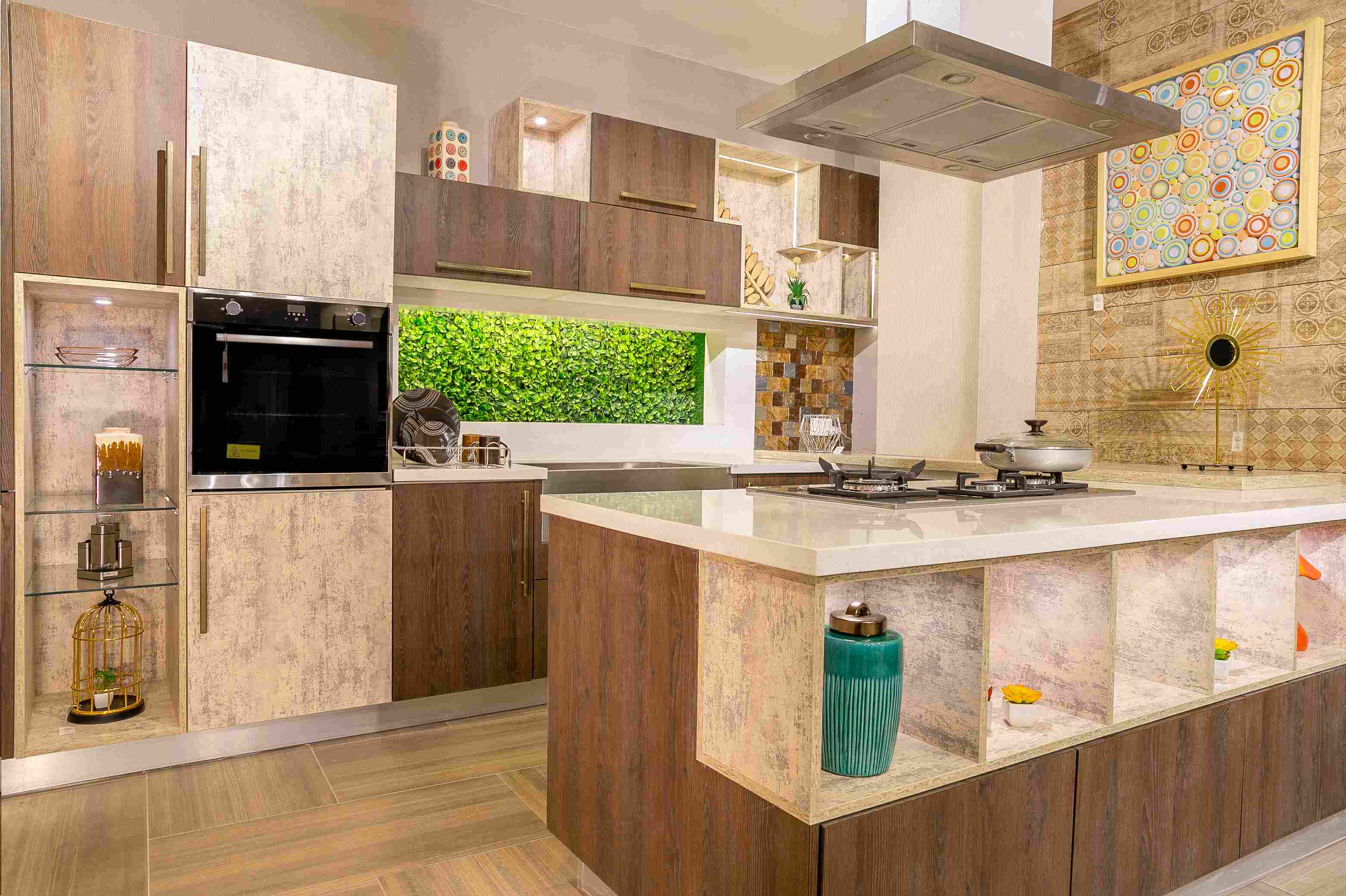
Kitchens hold a special place in our homes, often considered the heart of the household where families gather, meals are prepared, and memories are made. From humble beginnings to modern marvels of design and functionality, kitchens https://fleemanforsheriff.com/ have evolved significantly over the centuries.
Evolution of Kitchens Through History
Ancient Kitchens
In ancient times, kitchens were rudimentary spaces, often located separate from living quarters. Open fires were used for cooking, and basic utensils and vessels were crafted from natural materials.
Medieval Kitchens
During the Middle Ages, kitchens began to take shape as more structured spaces within castles and manors. Large hearths dominated the room, and food preparation was a communal activity involving servants and cooks.
Modern Kitchens
Fast forward to the present day, and kitchens have become sophisticated hubs equipped with state-of-the-art appliances, sleek cabinetry, and stylish countertops. The focus has shifted from mere functionality to aesthetics and efficiency.
Components of a Kitchen
From appliances to cabinetry, a well-designed kitchen comprises several essential components that contribute to its overall functionality and appeal.
Appliances
Key appliances such as refrigerators, ovens, stovetops, and dishwashers form the backbone of any kitchen. Advances in technology have introduced smart appliances that offer convenience and energy efficiency.
Cabinetry
Cabinets provide storage space for cookware, utensils, and pantry items, keeping the kitchen organized and clutter-free. With various styles and finishes available, cabinetry plays a significant role in defining the aesthetic of the kitchen.
Countertops
Countertops not only serve as work surfaces for food preparation but also add visual interest to the kitchen. Materials like granite, quartz, and marble offer durability and elegance, while innovative designs allow for seamless integration of sinks and appliances.
Flooring
Choosing the right flooring is crucial for both practical and aesthetic reasons. Options range from hardwood and tile to laminate and vinyl, each offering unique benefits in terms of durability, maintenance, and style.
Kitchen Layouts and Designs
The layout of a kitchen significantly impacts its functionality and flow. Several popular layouts cater to different preferences and spatial constraints.
One-Wall Kitchen
Ideal for small spaces or studio apartments, a one-wall kitchen features all appliances and cabinetry along a single wall, maximizing efficiency within a compact footprint.
Galley Kitchen
Characterized by parallel countertops and cabinetry, a galley kitchen optimizes space for cooking and storage. It’s a popular choice for narrow or elongated spaces, offering easy access to all areas of the kitchen.
L-shaped Kitchen
With cabinets and appliances arranged along two adjacent walls forming an “L” shape, this layout provides ample counter space and flexibility in design. It’s well-suited for open-plan living areas and allows for efficient workflow.
U-shaped Kitchen
Similar to the L-shaped layout but with an additional wall of cabinets and countertops, the U-shaped kitchen offers maximum storage and workspace. It’s perfect for larger kitchens and provides plenty of room for multiple cooks.
Island Kitchen
Adding an island to any kitchen layout enhances functionality and creates a central gathering point for family and guests. Islands can incorporate additional storage, seating, and appliances, making them versatile and practical.
Importance of Kitchen Organization
A well-organized kitchen not only enhances efficiency but also contributes to a pleasant cooking experience and a visually appealing space.
Maximizing Space
Effective storage solutions such as pull-out shelves, drawer dividers, and hanging racks help maximize available space and keep essentials within easy reach.
Efficiency in Cooking
A streamlined layout and designated zones for food prep, cooking, and cleanup facilitate smooth workflow and reduce time spent searching for ingredients or utensils.
Aesthetics
Clutter-free countertops, cohesive color schemes, and strategic lighting contribute to a visually appealing kitchen that reflects the homeowner’s style and personality.
Kitchen Safety Tips
Safety should always be a top priority in the kitchen to prevent accidents and injuries.
Fire Safety
Keep flammable objects away from heat sources, install smoke detectors, and have a fire extinguisher readily accessible in case of emergencies.
Proper Handling of Knives and Equipment
Use knives and kitchen equipment with caution, keeping sharp objects safely stored and handling them with care to avoid cuts or burns.
Food Handling and Storage
Follow proper food handling practices, including thorough washing of fruits and vegetables, storing perishables at the correct temperature, and avoiding cross-contamination between raw and cooked foods.
Trends in Kitchen Design
The world of kitchen design is constantly evolving, with new trends emerging to meet the changing needs and preferences of homeowners.
Smart Kitchens
Integration of smart technology allows for remote operation of appliances, voice-activated controls, and energy monitoring, adding convenience and efficiency to the modern kitchen.
Sustainable Materials
Increasing awareness of environmental issues has led to a rise in sustainable kitchen materials such as bamboo, reclaimed wood, and recycled glass, offering eco-friendly alternatives to traditional options.
Minimalist Designs
Sleek, minimalist kitchens featuring clean lines, open shelving, and uncluttered surfaces are gaining popularity for their simplicity and understated elegance.
Budget-Friendly Kitchen Renovation Ideas
Renovating a kitchen doesn’t have to break the bank. With some creativity and resourcefulness, homeowners can achieve a fresh look without overspending.
Paint and Hardware Updates
A fresh coat of paint on walls and cabinets can instantly transform the look of a kitchen, while updating hardware such as handles and knobs adds a touch of modernity at minimal cost.
DIY Projects
Take on simple DIY projects like installing a tile backsplash, refinishing cabinets, or creating custom storage solutions to personalize the kitchen and save on labor costs.
Refacing Cabinets
Rather than replacing entire cabinets, consider refacing them by replacing doors and drawer fronts or applying a new veneer, giving the kitchen a new lease on life without the hefty price tag.
Conclusion
The kitchen is more than just a functional space—it’s a reflection of our lifestyle, tastes, and values. By understanding the evolution of kitchens, embracing innovative design trends, and implementing practical solutions for organization and safety, homeowners can create a kitchen that truly serves as the heart of their


:max_bytes(150000):strip_icc()/GettyImages-1016321034-4e93d0dc223b48f4a9df61984730eb8e.jpg)

